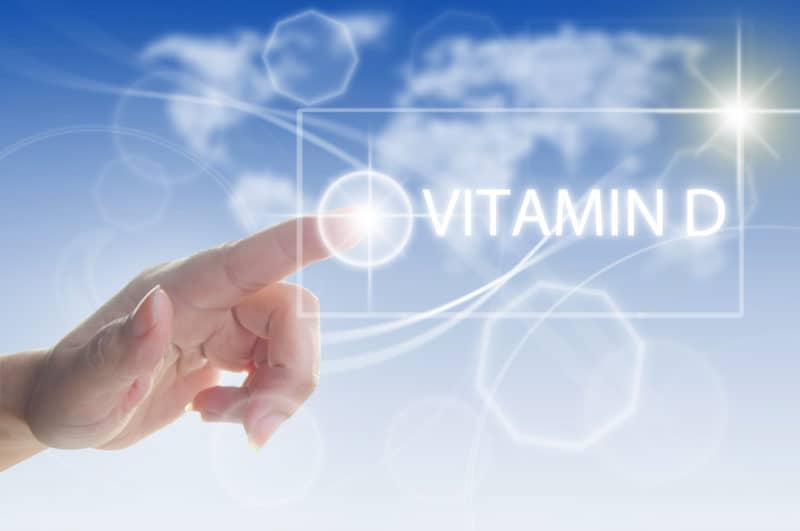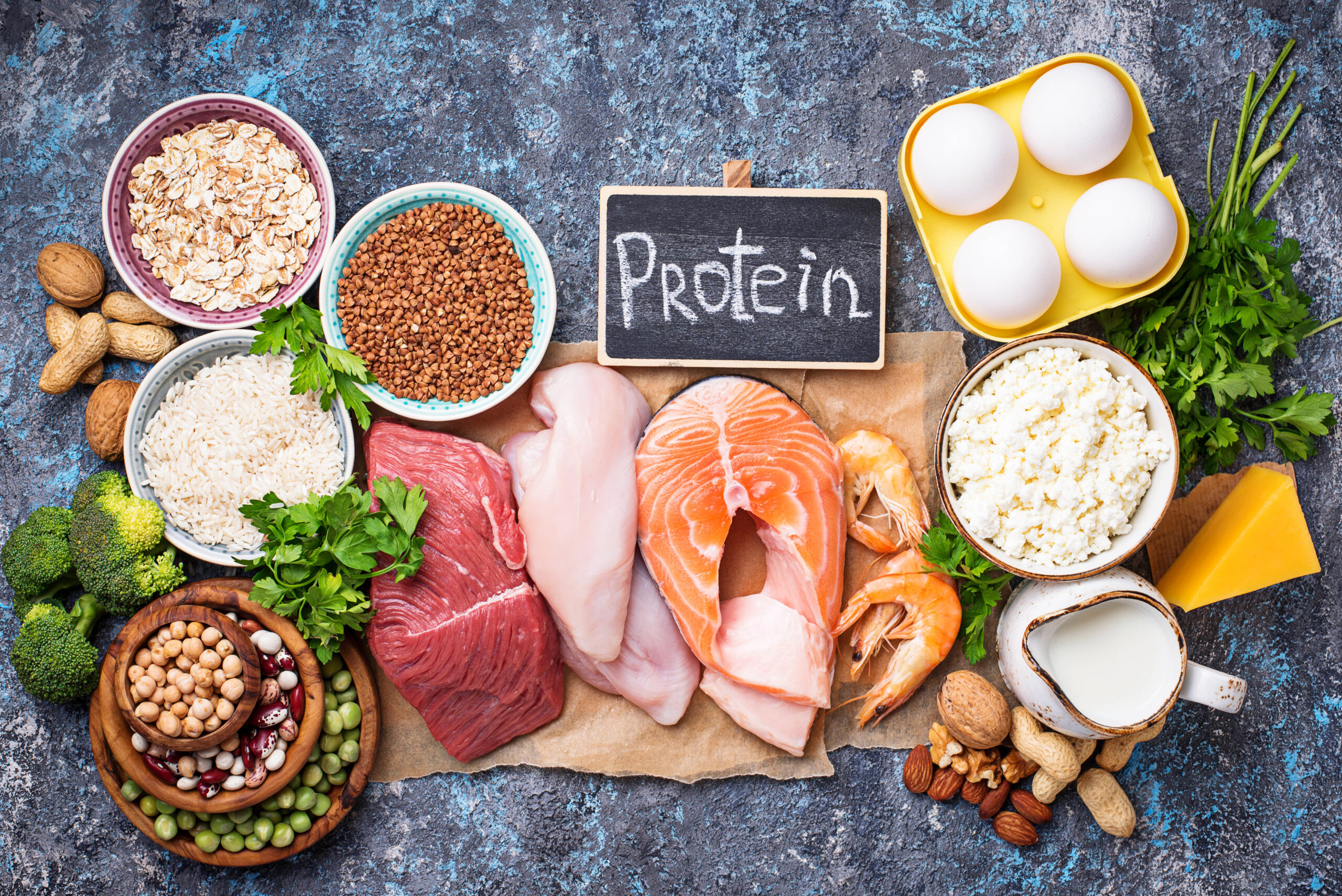

Estrogen is the main hormone associated with the female reproductive system, although it plays a crucial role in many biological functions throughout the body, including the cardiovascular and skeletal systems, mood, and even skin health. Let’s learn about the different types of estrogen, how estrogen is metabolized, processed, and detoxified in the body, and what supplements support healthy estrogen metabolism.
The Importance of Optimal Estrogen Metabolism
Estrogen metabolism is a biochemical process that involves the breakdown and utilization of estrogen in the body. It plays a vital role in regulating the levels of estrogen in the body.
An imbalance of estrogen levels can lead to a myriad of health issues. Too much estrogen, known as estrogen dominance, can cause more minor issues like mood swings and weight gain, to more severe issues like breast cancer. Conversely, low levels of estrogen can be associated with conditions like osteoporosis and heart disease. Therefore, maintaining healthy estrogen levels through estrogen metabolism is important – not only for hormone health but for overall well being.
Different Types of Estrogen
There are three main different types of estrogens – E1, E2, and E3.
- Estrone (E1) is the form of estrogen that is made by the body after menopause
- Estradiol (E2) is the primary form of estrogen in the body during reproductive years and is the most potent form.
- Estriol (E3) is the form of estrogen present in higher amounts during pregnancy.
Estrogen is broken down into estrogen metabolites like 2-OH, 4-OH, and 16-OH and then processed in the body. We’ll look at this more in detail next.
How Estrogen is Processed, Metabolized, and Detoxified in The Body
Phase 1: Estrogen Metabolism
The three primary forms of estrogens – E1, E2, and E3 – are broken down by the CYP enzyme family into 3 different estrogen metabolites to be used more effectively by the body. These metabolites include 2-OH, 4-OH, and 16-OH. While each of these metabolites have oxidative potential, some can be more damaging than others. Oxidation can lead to cellular degeneration, poor cellular health, and an increased risk of abnormal cellular functioning.
The preferred pathway of estrogen metabolism is to be broken down into the 2-OH metabolite, which is considered the most stable estrogen metabolite and is a “good” estrogen. This pathway is protective, less carcinogenic, and anti-proliferative, causing the least amount of harm to the body. This is partly because it bonds less strongly with estrogen receptors and can be removed from the receptors efficiently.
Estrogen can also be broken down into 4-OH, which is considered “bad” estrogen because it can damage DNA and have the potential to be cancer causing. 16-OH is also considered “bad” historically and is very estrogenic, binding tightly to estrogen receptors. It is more proliferative, causing issues like tissue proliferation in the breasts, endometrial tissue, and ovaries. Although, recent research is questioning whether or not the 16-OH pathway is actually as bad as previously thought.
At this stage, the estrogen metabolites are considered free radicals and can cause damage to the body if they don’t go through the next stages of estrogen metabolism.
Phase 2: Estrogen Methylation
After becoming estrogen metabolites in phase 1, some of them become methylated in phase 2. Methylation turns them from oxidative metabolites into stable, water-soluble metabolites ready for excretion.
Methylation depends on the enzyme COMT, or catechol-o-methyltransferase. This enzyme needs cofactors like vitamin B6 and magnesium to work effectively. If the COMT enzyme isn’t working properly, the body may not be able to effectively methylate estrogens and detoxify them through the liver.
Phase 3: Estrogen Detoxification and Excretion
After being methylated in the liver, detoxification and excretion of the metabolites can occur. The metabolites travel from the liver to the intestines, where they are detoxified and then exit the body through the stool. If the digestive system isn’t healthy and producing regular stools, estrogen can remain trapped, causing the metabolites to recirculate and increase the total amount of estrogen in the body. This is part of why gut health is important for estrogen metabolism.
Another issue that can occur during this phase is when the body is in a state of toxin-overload, or if the body is unable to effectively metabolize other toxins. This can increase the estrogen burden levels in the body, again increasing the total amount of estrogen in the body and potentially causing further issues.
When someone is having hormonal symptoms and needs to have their estrogen levels and metabolites analyzed, one way we can do this is through a DUTCH test.
Estrogen Metabolism and The DUTCH Test
Estrogen detoxification and excretion is essential for estrogen metabolism. It’s important to make sure the body can clear toxins and estrogen metabolites properly without issue, which is where the DUTCH test comes in. It evaluates the entire process of estrogen metabolism, helping you and your provider further understand how the process is working.
What is the DUTCH test? DUTCH, or dried urine test for comprehensive hormones, helps providers get a better understanding of how hormones like estrogen are being processed, metabolized, and excreted by the body. It looks at much more than just estrogen too! It looks at DHEA, cortisol, progesterone, and testosterone metabolism as well as other organic acid markers for some key nutrients, neurotransmitters and DNA damage. This provides a robust picture of the hormone process happening in the body, offering answers to complex clinical questions for patients. Multiple peer-reviewed studies have shown the effectiveness of dried urine testing instead of blood or saliva monitoring for hormone health. The DUTCH test specifically is trusted and used by thousands of healthcare providers around the world, including Arizona Wellness Medicine.
The DUTCH Complete test is a comprehensive test that brings hormone testing to a new level. It looks at all sex and adrenal hormone metabolites in the body, offering insight into oxidative stress, gut health, nutritional deficiencies, and neuroinflammation. This is the test we most often use because it’s the most comprehensive.
Tips For Healthy Estrogen Detoxification
A Healthy Diet for Healthy Estrogen Levels
Dietary choices significantly influence estrogen metabolism. Certain foods can help promote the conversion of estrogen to the beneficial 2-OH metabolite, including eating more cruciferous vegetables, especially broccoli and brussel sprouts. These foods support the production of 2-OH metabolites and healthier estrogen metabolism.
Focus on eating a healthy, whole foods plant-based diet. Eating more whole foods and plants increases your fiber intake, which reduces free estrogen levels, aids in healthy digestion, and supports bowel function. Because excess estrogen is excreted through the stool, staying regular with consistent bowel movements can help balance hormones and detoxify estrogens.
Limiting alcohol consumption also helps, as alcohol can shift estrogen metabolism towards the more harmful 4-OH metabolite. Replacing processed foods and added sugars with nutrient dense whole foods provides the necessary nutrients needed to promote balance between the estrogen metabolism pathways.
Lifestyle Factors for Healthy Estrogen Levels
As with balancing any hormones in the body, getting enough high quality sleep, reducing stress, losing extra body fat, decreasing toxin exposure and committing to regular exercise with cardio and weight training can help.
There are certain supplements that can support healthy estrogen metabolism as well, which we’ll look at next.
Estrogen Metabolism Supplements
Certain supplements are known to help with healthy estrogen metabolism, like I3C, DIM, and calcium D-glucarate. While these can all be helpful in certain situations, especially if 4-OH estrogens are high, they also have potential to lower estrogen levels, which may or may not be desirable, depending on the patient’s current hormone balance and metabolism.
I3C
Indole-3-carbinol, or I3C, is a naturally occurring compound found primarily in cruciferous vegetables like cabbage, broccoli, and brussel sprouts. Its key benefit is supporting the body in estrogen metabolism, helping convert estrogen to its beneficial and less harmful metabolites. But it also provides detoxification support, supporting key enzymes involved in detoxifying estrogen metabolites in the body. I3C also has cancer prevention properties, as multiple studies have shown it inhibits the growth of various types of cancer cells through the regulation of certain genes responsible for the cell cycle and apoptosis.
DIM
Diindolylmethane, known as DIM, is the most common breakdown form of I3C. It supports the body in eliminating excess estrogen down the preferred 2-OH pathway, helping curb inflammation and DNA damage from the other estrogen pathways. While you can get DIM from cruciferous vegetables, you’d need to eat such a large amount of vegetables to achieve the same benefit as taking a supplement, so supplementation is recommended between 100 – 300 mg daily.
Talk with your provider before starting DIM to make sure it’s right for you, as it pulls excess estrogen from circulation, which can cause further depletion to those who already have low estrogen levels.
Calcium-D-Glucarate
Calcium-d-glucarate is another estrogen detoxification supplement that helps with proper excretion of estrogen metabolites and supports the gut microbiome. It inhibits the activity of certain enzymes and allows processed estrogen metabolites to remain bound and then excreted from the body. Effective dosing ranges from 500 – 1000 mg daily.
Other supplements that can be beneficial include magnesium, which is required for the enzyme COMT to bind properly for estrogen methylation, zinc, choline, and methylated B vitamins.
Functional Medicine and Estrogen Metabolism
Estrogen metabolism is a complex process that has a significant impact on health. It involves multiple pathways leading to various estrogen metabolites, each with its own implications on our health. By understanding these pathways, estrogen metabolites, how to detoxify estrogens effectively, and how to support the entire estrogen metabolism process, we can make informed decisions about our health, including what estrogen metabolism supplements may help.
One of the ways we do this at Arizona Wellness Medicine as a functional medicine clinic is by using research-backed diagnostic tools like comprehensive blood work and the DUTCH test to get comprehensive information about how estrogen is being processed in the body. With this information, we then look at your whole health history, symptoms, and physical assessment to come up with a personalized treatment approach to managing hormonal imbalances. Discover how our functional medicine approach to treatment at Arizona Wellness Medicine can help here.
Resources:
- Evaluating Estrogen Detoxification to Understand Breast Cancer Risk
- DUTCH complete
- DUTCH Trust Research
- DUTCH Clinical Validity
- Hormone Evaluation
- ESTROGEN METABOLISM: START TO FINISH
- Synthetic Methodologies and Therapeutic Potential of Indole-3-Carbinol (I3C) and Its Derivatives
- LC-HRMS of derivatized urinary estrogens and estrogen metabolites in postmenopausal women
Share:
Dr. Emily Parke
Social Media
Most Popular Posts
Subscribe To Our Newsletter
Related Posts

How Fructose Intake Affects Metabolic Health: What You Need to Know
Fructose, found naturally in fruits and added to processed foods as high fructose corn syrup, impacts health. Learn the metabolic effects of fructose intake.

Get More Vitamin D for Better Health!
Of all the vitamins and minerals you should be sure you’re getting enough of, vitamin D is perhaps one of the most important. The benefits of vitamin D are widespread and pretty incredible.

The Science Behind Protein: The Optimal Amount of Protein in the Diet Based on Age and Activity Level
Different amounts of protein are needed at different stages of life. Learn about protein, how much you need, and what happens when you don’t get enough.

Magnesium: The Essential Mineral, Its Role in the Body, and What to Know About Magnesium Supplements
Learn about the mineral magnesium, its role in the body, how to spot magnesium deficiency, and the most bioavailable forms of magnesium to supplement with.
